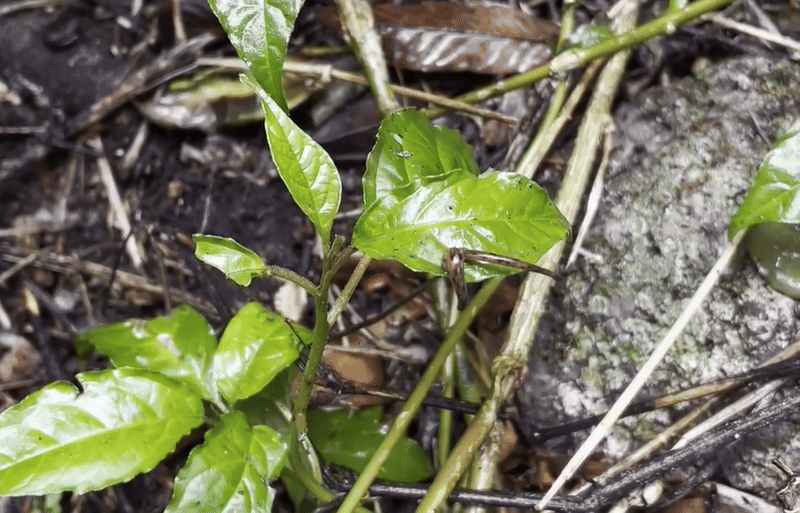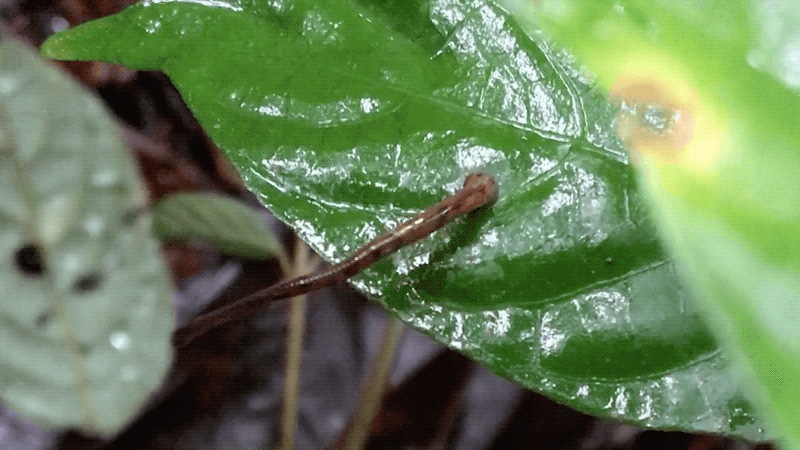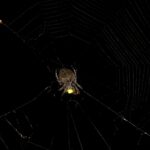White men can’t jump, but terrestrial leeches can. This is now a scientific fact; after centuries of anecdotal reports, the parasites have been caught on video leaping from leaves in the Madagascan rainforest.
The footage was first captured in 2017 by Mai Fahmy, a researcher now at the American Museum of Natural History. She had a chance encounter with a leech extending its body out in search of a host, a behavior known as “questing.” The adventurous leech was encountered in Madagascar’s Ranomafana National Park.
Fahmy whipped out her phone and captured the leech inching forward and then springing off the leaf, landing with a flail or two on the forest floor. The footage—as well as a 2023 video showcasing the acrobatics—was published today in Biotropica.
“Even though I was out in the field in Madagascar collecting leeches for bloodmeal analysis, the pressure was on to try to see if we could get another video to support the claim that we make in the paper,” Fahmy said. With the publication of the research, the team vindicates anecdotal evidence that the terrestrial parasites (at least the species Chtonobdella fallax) leap in search of a warm, blood-filled morsel on which to feed.

Jumping leeches even got into the chronicles of famous 14th-century explorer Ibn Battuta, who documented the behavior in leeches in Sri Lanka, indicating that the behavior may have independently evolved in various terrestrial leeches. But by the mid-20th century, the notion of jumping leeches was viewed more skeptically in scientific publications.
“A lot of the history of this basically comes down to that question: ‘What exactly is a jump?’ For hundreds of years, there were anecdotes from really extremely well-trained observers about jumping leeches,” said Michael Tessler, an invertebrate zoologist at the American Museum of Natural History and Medger Evers College, in a phone call with Gizmodo. “It wasn’t until people started more seriously studying leeches, kind of in the 1800s, early 1900s, that almost every leech biologist who spent time with these things said, ‘no way they can’t jump.’”
It was no secret that leeches sometimes fall onto their hosts, but the question on the table was about intentionality: Do the leeches expend energy launching towards a given target (or simply into the air), or are they toppling, allowing gravity to work for them? Now, the video evidence documents the parasites doing the former, coiling up and then springing forward into the unknown. The animals certainly move outwards from their leafy launchpad, and—the team argues—perhaps slightly upward. In other words, they jump.

Tessler said the leeches are likely jumping in their search for a host. After they quest to seek out motion or heat from a potential meal, the animals may jump as a sort of leap of faith towards the host.
Fahmy has been bitten by leeches before, including at least one instance of one of the parasites landing in her eye. The leeches like to go for the eyes, she said. When captured, the animals’ bloodmeals can be sampled to get an understanding of the animals in the rainforest. The leech is basically a mobile environmental DNA lab.
“I’ll be going back to Madagascar for years to come,” Fahmy said. “I’ll have my eyes on the leeches. We know so little about their biology, their natural history, their behaviors. They’re full of mystery.”
More: How Leeches and Eagles Played a Role in Making Kingdom of the Planet of the Apes








